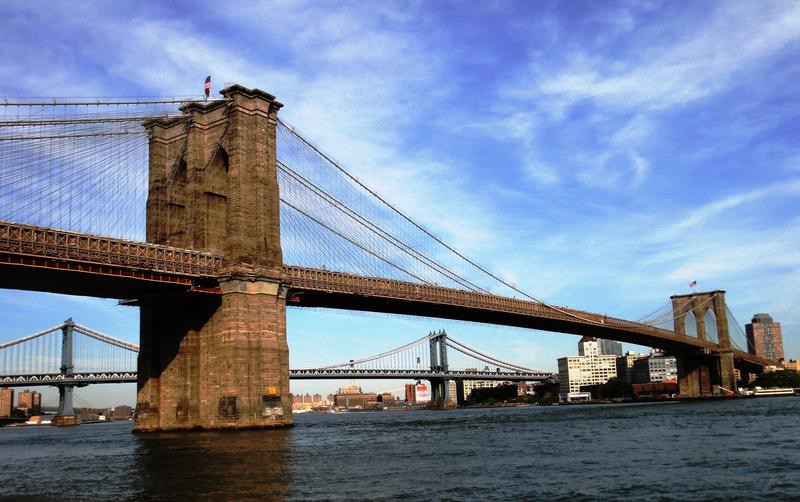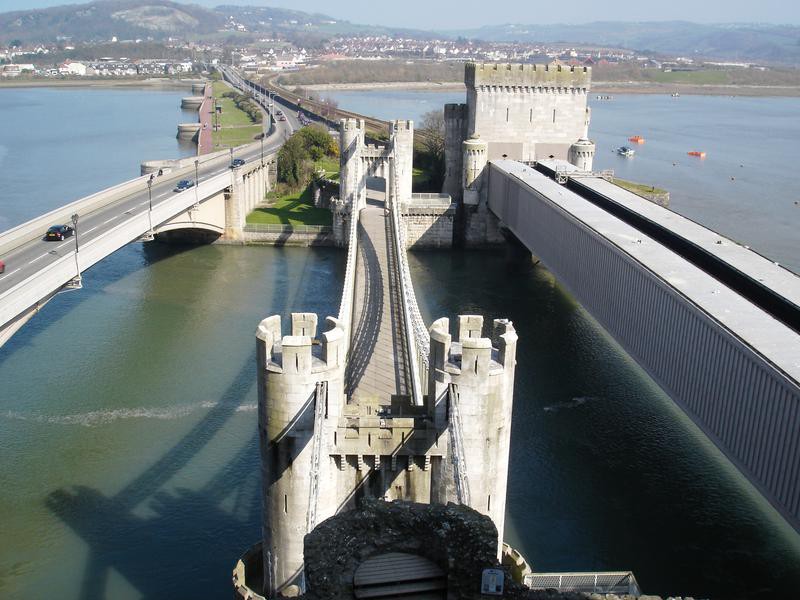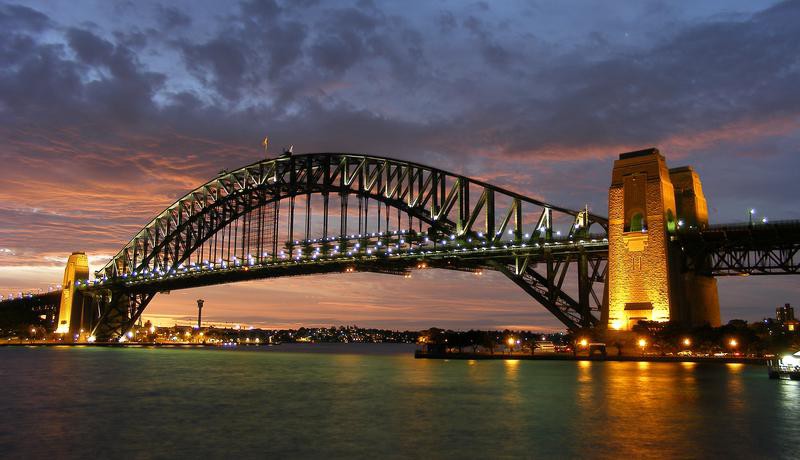

Following the piece we did on the forgotten women who built London’s Waterloo Bridge, reader Chris Thorpe left us a note introducing us to the amazing Emily Warren Roebling (below). So we did a bit more digging and found quite a few other women whom we can thank for some of the most famous bridges around the world.

1. Emily Warren Roebling
The construction of the Brooklyn Bridge was remarkable for many reasons. It was the first bridge to connect Manhattan and Brooklyn; it was the longest bridge of its day; and it took the lives of 20 men during its 14-year construction. And then there’s Emily Warren Roebling. Three days into construction her father-in-law and chief engineer John Roebling crushed his feet in an accident and died soon after of tetanus. Her husband, Washington Roebling, took over the role of chief engineer but soon became ill with decompression sickness as a result of the time he spent working in compressed air in caissons under the river. As his illness worsened, he became bedbound, leaving Emily to take over much of the chief engineering duties. She continued in the role until the completion of the bridge 11 years later in 1883. Emily became the first person to cross the bridge–carrying a rooster–and was later honored by the mayor of New York, who referred to the bridge as “an everlasting monument to the sacrificing devotion of a woman and of her capacity for that higher education from which she has been too long disbarred.”


2. Sarah Guppy
Sarah Guppy came from a family of innovators. In the first half of the 19th century her family patented 10 inventions, but it was Sarah’s understanding of foundations that makes her noteworthy. In 1811, she patented the first of her inventions, a method for making safe piling to support bridges. When Thomas Telford approached her about using her design for his suspension bridges, she offered it to him free from license, making her an early believer in open innovation. Telford employed the design on the Conwy Suspension Bridge and the Menai Suspension Bridge, with the Menai standing as the world’s longest bridge at the time.


3. Dorothy Donaldson Buchanan
Dorothy was the first female member of the Institution of Civil Engineers, passing the institution’s admission examination in 1927. Her first job was with consulting engineering firm Dorman Long. Earning $6.15 per week, she served as part of the design staff for the Sydney Harbour Bridge. She began in the design office, then moved to the drawing office to work on the bridge’s southern approach spans. She later worked on the George V Bridge (now known as the Tyne Bridge) in Newcastle and the Lambeth Bridge in London.


4. Mary Isolen Fergusson
Mary Fergusson was a British engineer and the first female fellow elected to the Institution of Civil Engineers in 1957. After earning an engineering degree from the University of Edinburgh in 1933, she began work as an apprentice at Blyth and Blyth of Edinburgh, working on bridges in Scotland. She eventually became a senior partner in the firm in 1948, making her the first-ever female senior partner in a U.K. civil engineering firm.

5. Roma Agrawal
Roma casually describes her everyday job as “making buildings and bridges stand up.” While helping build London’s iconic Shard might be the highlight of the 29-year-old’s very short career, her real baby is her first project: the Northumbria University Bridge, which she worked on at the age of just 22. Born in India and educated in England, her achievements have been recognized globally. She was named Young Structural Engineer of the Year 2011 by the Institution of Structural Engineers, awarded Best in Science & Engineering at the British Indian Awards 2013, and was a finalist for the Young Woman Engineer of the Year, run by the Institution of Engineering and Technology.


How We Get To Next was a magazine that explored the future of science, technology, and culture from 2014 to 2019. This article is part of our Going Places section, which looks at the impact of transportation technology on the modern world. Click the logo to read more.
